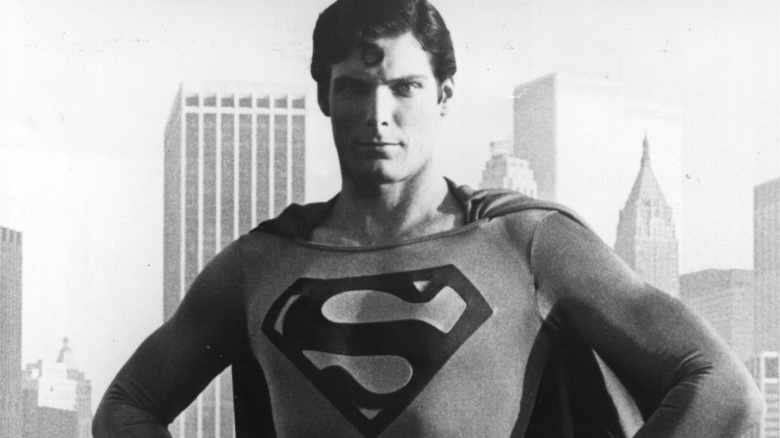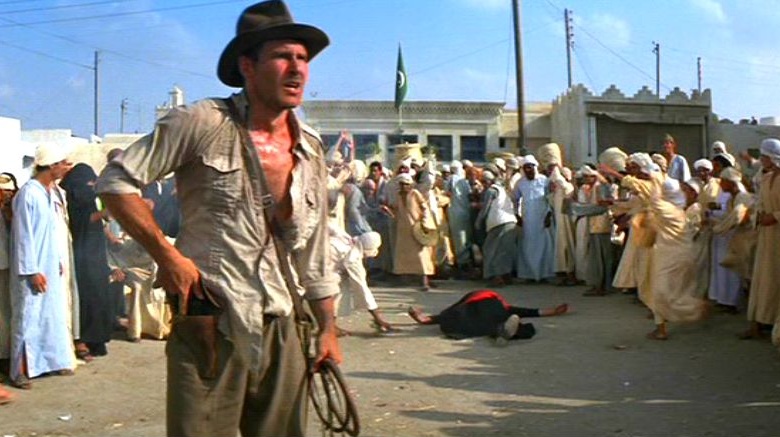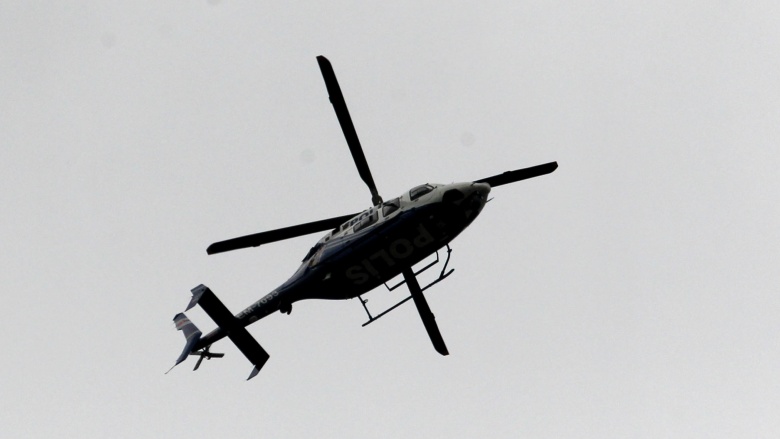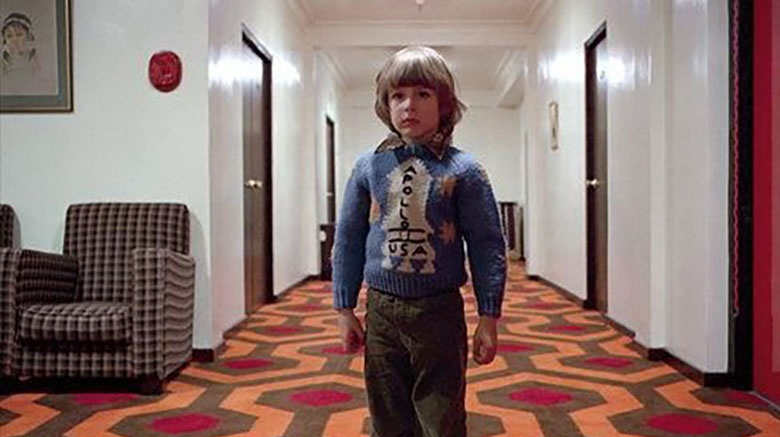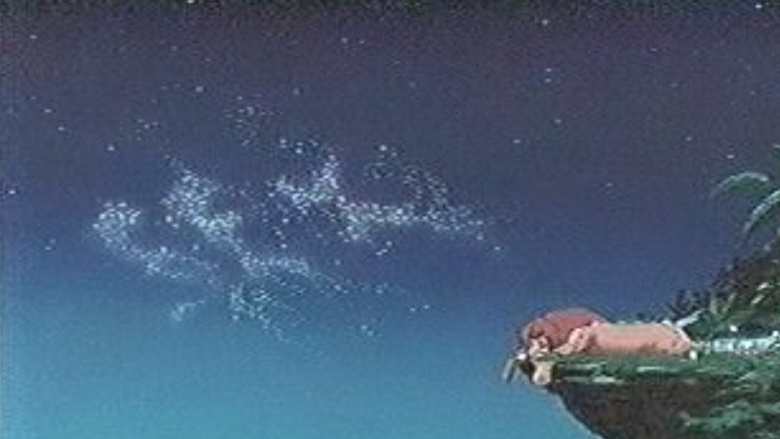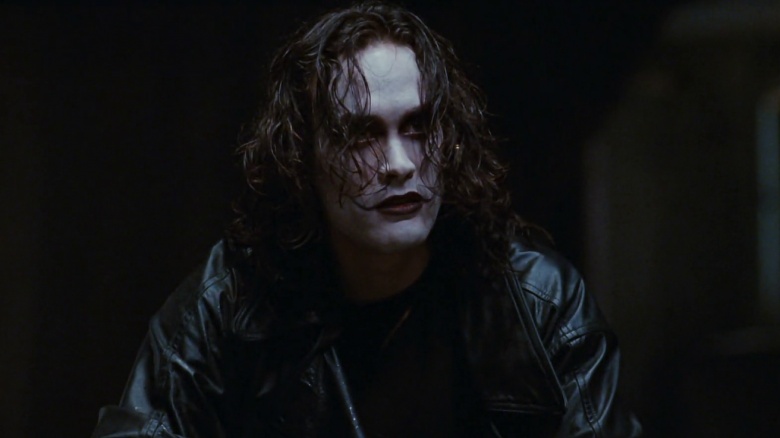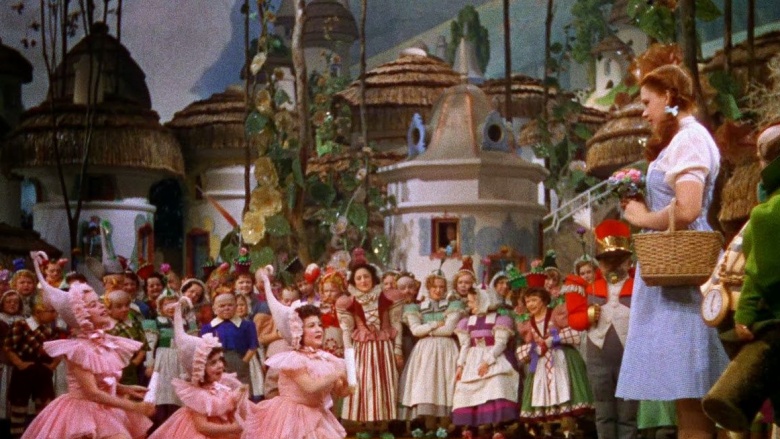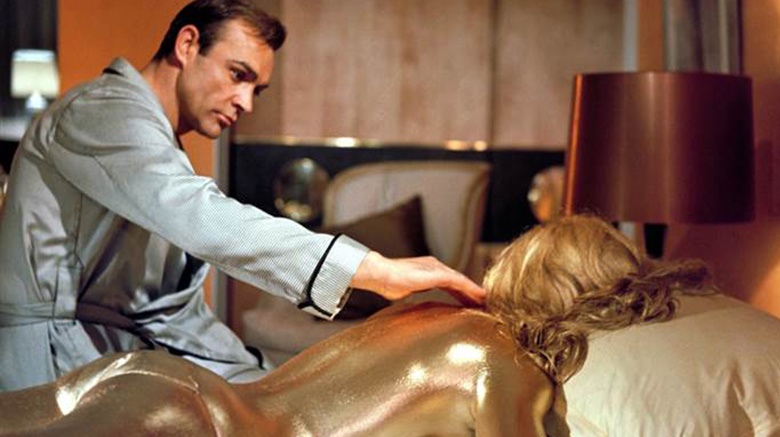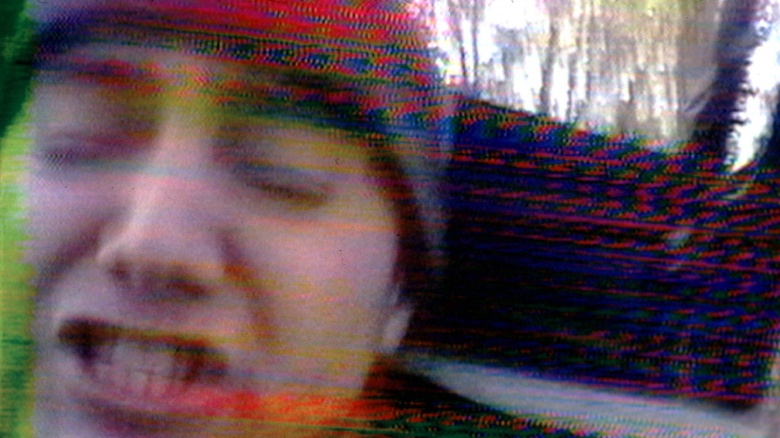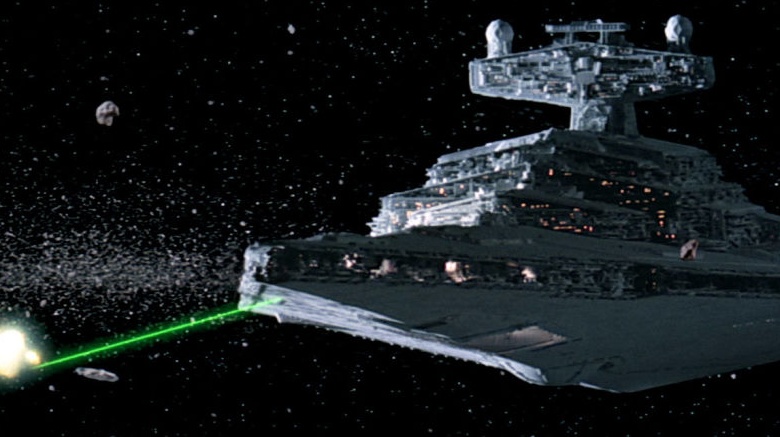The True Stories Behind Movie Urban Legends
Urban legends have gone hand in hand with Hollywood since the city started producing films. This is partly because the movie industry attracts larger-than-life characters and appropriately outlandish stories to match—but on the other hand, some of these supposed myths have actually been confirmed. Check out ten of the biggest movie urban legends, and the true stories behind them, below.
Superman Curse
"Superman curse? Is that because the last three Superman movies have been bad?" No, it refers to the grievous misfortunes that have befallen actors who've played the Man of Steel. Supposedly, the curse began with Kirk Alyn, who played Superman in two 1940s movie serials. After leaving the role, he couldn't get acting work and had to retire. Next up was George Reeves, who played Superman throughout the 1950s in a TV series and several movies. He died of a gunshot wound to the head that was ruled a suicide, but—as later dramatized in the 2006 movie Hollywoodland—many believe it was murder.
Bud Collyer, who bears the distinction of being the first person to voice Superman in a cartoon from 1941-'43, seemed to dodge the curse at first, but he voiced the superhero again in 1966 and died three years later of an unknown circulatory ailment. Lee Quigley, who played Superman as a baby in the 1978 film, died from huffing air freshener at the age of 14. Perhaps most noteworthy is Christopher Reeve, who played Superman in four movies from 1978 to 1987 before suffering paralysis after a horse-riding accident in 1995.
These are probably all completely unrelated incidents, and Dean Cain (Lois & Clark: The New Adventures of Superman), Brandon Routh (Superman Returns), and Henry Cavill (Man of Steel, Batman v Superman) all seem perfectly healthy. Still, you might want to knock on wood for them anyway.
Harrison Ford's diarrhea inspired Raiders of the Ark's funniest scene
This is one of those myths that sounds too funny to be true. Harrison Ford caught dysentery while filming the original Indiana Jones movie, and when production reached the scene where Jones was supposed to battle a scimitar-slinging villain, Ford asked if the three-and-a-half page scripted fight could be rewritten to allow him more bathroom time. Steven Spielberg obliged and had an exhausted Jones simply shoot the bad guy after his expert sword display, leading to one of the greatest scenes in the entire trilogy.
Actor Vic Morrow correctly predicted his death
The helicopter crash on the set of Twilight Zone: The Movie is one of the saddest accidents in the history of film shoots. Director John Landis and crew were accused of overlooking a number of safety regulations in an attempt to shoot actor Vic Morrow carrying two young children across a river with a helicopter in pursuit. Although Landis and the production were ultimately cleared of wrongdoing, the end result was still tragic: the helicopter's tail caught fire after a special-effects explosion and crashed, killing Morrow and the two child actors.
The event prompted a major entertainment industry debate and one really odd fact emerged that sounds like a myth, but appears to be true: Morrow took out a life insurance policy for five million dollars a year beforehand because he reportedly had a feeling that he would die in a helicopter accident. Creepy.
Stanley Kubrick actually produced the moon landing footage
There are several legends about The Shining, nine of which are detailed in the documentary Room 237. The one that pops up most is that director Stanley Kubrick placed clues throughout the movie that he actually faked the moon landing for NASA. That's a cinema legend wrapped in a government conspiracy theory. Is your mind blown? Theorists claim that in the moon landing footage, you can see a lighting technique called "front projection," which Kubrick pioneered. As for whether or not the director was trying to tell us something, we can't know for sure since he's dead, but these are the clues people point to: Danny's wearing an Apollo 11 sweater; the iconic room number is 237 and the moon is 237,000 miles away; some see "A11" (referencing Apollo 11) in "All work and no play makes Jack a dull boy;" and the hexagonal pattern in the Overlook Hotel's carpets apparently looks like rocket launching pads. There are others less convincing. You can go deep down the rabbit hole.
Hidden filth in Disney animated movies
Animators always seem to be accused of slipping inside jokes into their work, and Disney movies are especially dissected for anything that doesn't fit with the studio's family-friendly image. For example, some people see "SEX" in the dust particles that Simba kicks up in The Lion King, although Disney claims it's actually "SFX," a nod to their special effects team. In The Little Mermaid when Eric is marrying Ursula/"Vanessa," it looks like the priest has an erection. However, from another angle, it's clearly his knobby knees.
Apparently, a disgruntled animator placed a topless photo of a woman in a few frames of 1977's The Rescuers. The company, admitting fault, recalled all the home video versions of the movie in 1999. We could go on and on with Disney legends, but we'd be here all day.
Footage of Brandon Lee's fatal accident made it in The Crow
There were a lot of questions (and some conspiracy theories) around Brandon Lee's tragic death. The truth is that while shooting The Crow, shrapnel from a dummy bullet hit him in the side, mortally wounding him. Some believe that the actual footage of his death appears in the film, but that doesn't make sense. Why would the production company do something that made them look guiltier than they already were? His death was negligence on their part. There are two other far more plausible accounts: either the footage was never developed out of respect, or the local police confiscated it for use in their investigation.
Munchkin suicide in The Wizard of Oz
At the end of the Tin Woodsman sequence in The Wizard of Oz, you can see what looks like a mysterious figure dangling from a tree. For years, many viewers thought it was a stagehand caught in the background—then home video arrived, and people started slowing the footage down, prompting the long-running and widespread rumor that it's actually the grim conclusion to a Munchkin suicide. After years of speculation, the Blu-ray edition was released, bringing the classic musical to hi-def and revealing that the mysterious shape is actually a large bird on loan from the Los Angeles Zoo.
The actress painted in gold in Goldfinger actually died from asphyxiation
The James Bond series' third installment includes one of the franchise's most famous scenes, in which a woman is murdered by being covered in gold paint. Bond explains in the film that covering a person in paint causes death because the body "breathes" through the skin. After the film's release, rumors insisted that the actress who played the victim, Shirley Eaton, actually died after filming the scene. She did not. Eaton even went on to do a few films after Goldfinger, then retired to spend more time with her family.
The Blair Witch Project is an actual documentary
If you didn't actually see The Blair Witch Project in the theaters, this legend seems absolutely ridiculous now, but 1999 was a simpler time when the internet was still relatively new and we didn't have Twitter to instantly debunk rumors. The film's distributor, Artisan Entertainment, smartly played up the idea that the movie was a documentary made with found footage. The actors eventually admitted the truth on the promotional circuit, but it didn't stop the movie from grossing $248.6 million worldwide against a $60,000 budget.
Empire Strikes Back used potatoes for asteroids
George Lucas is considered one of the biggest special effects innovators in film history, but that doesn't mean he didn't cut a few corners from time to time. When designers realized their asteroid design closely resembled a potato, they used a few actual spuds as floating rocks in an Empire Strikes Back scene where the Imperial Navy is chasing the Millennium Falcon.

